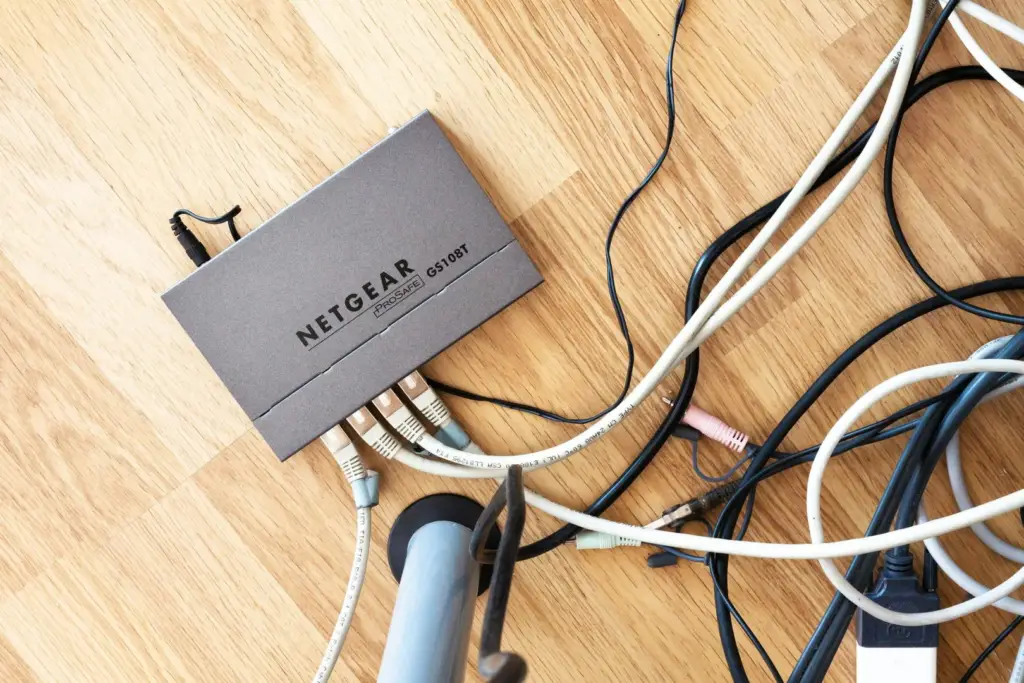
Where routers and repeaters can no longer guarantee optimal coverage, mesh technology is used. But how do you find the best devices?
A better WiFi in the far corner of the building? WLAN repeaters can often not do this because they use the same frequency band between the router and repeater as well as for communication with end devices. This simply halves the available bandwidth, which complicates the seamless, fast and uninterrupted supply in the network. A mesh router is not absolutely necessary in a private household with an average apartment size. But even in a single-family house, it can be essential to be able to bring the WiFi into every room – up to the roof and maybe also in the basement. Mesh is the best solution in an office building or in an exhibition hall.
That is why routers quickly reach their limits

Of course, routers are constantly being developed and their technology is being refined. However, there is a certain radio transmission power that is set by law and must not be exceeded. The signal is additionally attenuated by the air and slowed down by solid obstacles such as doors and walls. Even the best configuration and the most sophisticated setup quickly reach their limits. If the performance of a router is improved by one or more repeaters, these are then separate hotspots in which you can log in. If you move around with a device in the house, you are not automatically logged into the hotspot that is nearby.
For this reason, in modern offices there are access points on the ceiling every few meters that connect the end devices to the network via LAN. However, configuring such access points is a science in itself and requires a system administrator. This technology is out of the question for private customers or small companies.
Which devices benefit from a mesh system?
Most households today have numerous applications, all of which rely on WLAN. In addition to the usual computers and iPads, there are also smart TVs, mobile devices and voice assistants. In general, the smarter a house becomes and the more devices are networked with each other and with a central control system, the more important it is to have a perfect WiFi connection.
The advantages of a WiFi mesh system
A WiFi mesh system can also be used by people who are not specialists. For this, two to three WLAN stations, also known as satellites, are simply distributed in the building. One of them is connected to the modem and serves as a base, the other satellites only need electricity. The devices are connected to each other with a fast “backhaul” WiFi. The clients log on automatically at the station that can be reached most quickly. The system regulates itself.
If you regularly reach a limit in your applications, a mesh router can be the ideal solution. Of course, the question arises, how do you recognize good MESH routers and what distinguishes them?
How to find the right mesh router
We have noted the most important criteria for how users can easily find the right mesh router. It is advisable to compare the individual devices with one another and to observe the following points:
- Tri-band or dual band? A triple band is better than a double one because it enables higher speed.
- Speaking of speed: a speed of around 500 Mbps is sufficient for most applications. However, there are also systems that reach a maximum speed of up to 2400 Mbps.
- The range: Most manufacturers state the range of their devices in square meters. Around 100 square meters of space can be covered with two satellites. Some manufacturers state a much higher coverage. Ultimately, however, the range depends on the local conditions. A thin plasterboard dampens less signal than a thick wall. The number of devices dialed in can also affect the range. The advantage is that a mesh system can be easily expanded.
- Powerline models: Where thick walls have a negative impact on performance, Powerline models can be the solution. You use the power line as an internet line.
- Installation: The installation and control takes place via an app of the manufacturer and should be very simple in the best case. The reality is sometimes different. Here the test reports of other users can provide information. It is best if new devices can be plugged into the existing network.
- LAN connections: In order to reduce radiation exposure, many users connect certain devices to the router via cable. Of course, this is only possible if there are appropriate connections. This should be taken into account when buying. Existing USB ports on the mesh router, via which printers or hard drives can be connected directly, are also advantageous, especially if the system is used in the office.
What are the disadvantages of mesh technology?
The first disadvantage is the high power consumption. Most systems have a consumption in the double-digit watt range. It can also become a problem that a mesh system is assigned its own IP address that differs from that of the router. Communication between devices that are connected in the router and in the mesh WLAN can be made significantly more difficult, which requires complex configuration, especially in smart houses.
https://pixabay.com/de/illustrations/telefon-wlan-wifi-handy-anhaben-1582893/
https://pixabay.com/de/photos/netzverbindung-router-datennetz-414415/